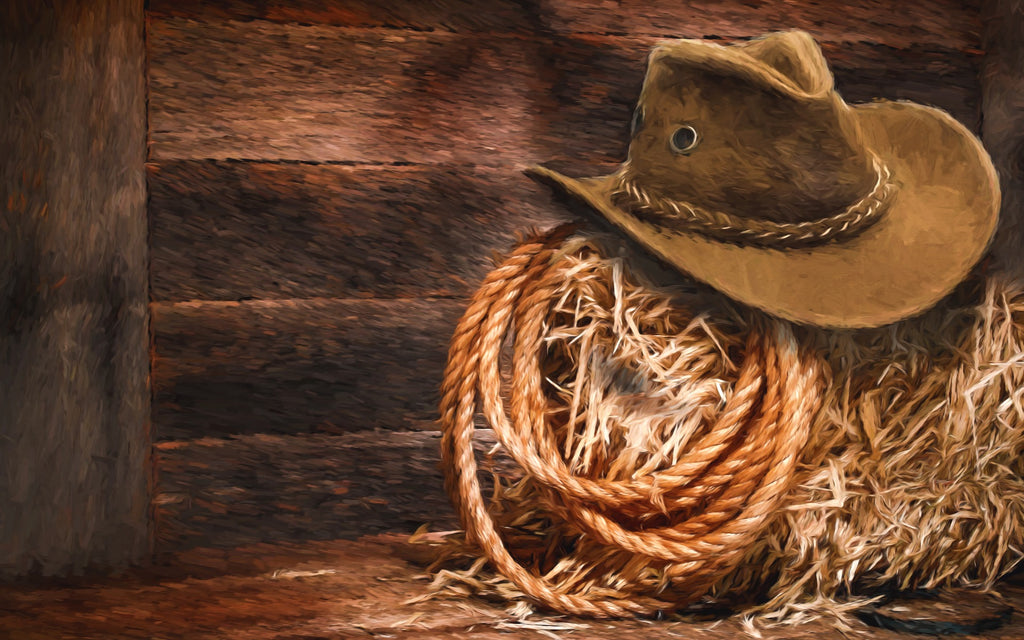
Are you often asked to describe the purpose of a lasso Rope? Little did you know but many are of the idea that it is a functional piece of rope, many favorites among ranch owners and cowboys. A fair reason -capturing cattle, horses or livestock can be a tedious job. The stiff ropes of a lasso simplify the task of capturing the mammal. Spotting the use of a lasso in rodeos and other competitive sports is pretty common. In true layman terms, a lasso is a sturdy rope with a loop on one end, working as a restraint.
However, lasso or the cowboy horse rope is much more than just a tough piece of rope. Do you know why was a lasso ever created? Is the long rope with a noose only designed to capture animals? The answer is a big ‘NO.’ Don’t scratch your head, looking for answers just yet. Let’s dig deep and learn more about the history of this cowboy tool and why it was brought on boards or invented. Keep reading…
Lasso Rope or Lariat - The Old Historical Narratives
To begin with, the prevalent term ‘Lasso’ was derived from the Castilian word called ‘Lazo.’ Wondering what did Lazo mean? Well, the word practically referred to a noose, trap or bond. However, here’s a little something that might surprise you. The Castilian word ‘Lazo’ was not the first of its kind. Instead, it was originally extracted from the Latin word, spelled out as ‘Laqueus.’ The meaning remains the same.
The tool has often been referred to as the cowboy horse rope. Strong, sturdy ropes that are light in weight and display a smooth finish ensures an easy grasp. The lasso was originally crafted using the finest quality of nylon or hemp. Certainly in vogue in parts of America, particularly in Northern America, rawhide lassos or horsehair lassos were found in every big or small ranch that ever existed. Thinking why? Well, it was undeniably the best in business and the most efficient roping tools to take big animals like horses and cattle as captives.

What was popular in The United States and Latin America was originally invented centuries back. According to the relief carvings, obtained from the age-old Egyptian temple of Pharoah Seti I in Abydos, lassos were used as roping tools by the Pharaohs. An interesting fact - the temple was built in c.1280 B.C. Aren’t you curious to learn what the carving showcased? Well, it displayed a Pharoah with a lasso in hand and a bull in captivity with a rope around its horns. Pretty much explains the purpose of designing a lasso, even hundreds of years ago.
The history behind the discovery of lassos does not come to a screeching halt here. Studies show that the rope with a loop was used as a preferred weapon of defense by the Huns to seize and capture their opponents in physical combat. The use of lasso as war equipment was not just confined among the Huns in AD 370.
The rope enjoys significant limelight in the Greek History of Herodotus. Here’s a little story that might fascinate you. Samaritans, a wandering tribe with notable Persian influence used lassoes as a durable war weapon. There was a difference though. These lassoes were crafted out of sturdy thongs, plated seamlessly for a strong grasp to ensnare both men and horses in wars.
There’s also a mention of the lasso in the history of the Sasanian Empire. The narratives suggest that it was one of the key equipment of the cavalry force, also famous as Aswan.
Years later, the trend of lassoing first kick-started in Mexico. Lasso or the Lariat, as the Mexicans would call it were reckoned as a productive tool to rope the cattle. Once known as the Spanish war saddle, Lasso is the new-age cowboy horse rope, used by many across the globe. The Australian continent for instance.
Lasso Rope - Types & Variations
A lasso is still described as a tool to drag and capture livestock or round up the big mammals like horses and cattle. Frankly, the rope with a loop has multiple other purposes. The craftsmanship differs and so does the materials and designs. It might be surprising to learn but studies are still on a roll to analyze what cuts-it best for the ranchers, cowboys and rodeo performers. A wide variety of lassos are being designed and introduced into the markets. Little did you know but your search for lasso rope Australia will land you in a world of options.

Gone are the days when cowhide and horsehairs were the only materials favored and used in creating a lasso. Newer, durable and not much weighty materials are being used as per the demand. Cowhide lassos were certainly a crowd favorite for years. Unfortunately, these ropes wore out in no time, owing to their undesirably heavy-weight. The classic variants of lassos are still available. You can also switch to the much favored, newer varieties of ropes now. Here’s listing down some of the variants you might want to look into.
-
Poly Lariat
-
Rancher Lariat
-
Stockyard Lariat
-
Bull Riding Rope
-
Nylon Lariat
-
Steer Riding Rope
-
Kids Lariat
-
Silver Streak Piggin String
Spotting the difference invariants is pretty easy. The major difference lies in the materials used to create cutting-edge lasso. Some of the most commonly used materials are hemp and nylon. The reason why these lassos are making it big in the market is the demand that’s on a hike. It is no surprise but nylon and hemp are preferred and absolute favorites among the ranchers and cowboys. Substantial durability plays a huge role in the popularity of the material.
Some lassos are crafted out of a magical blend of different materials. Other variants like the Maguey Lariat is created using the Maguey rope. Do you have any idea how the rope is created? To begin with, the Maguey rope couldn’t be more organic since it is crafted from pure Agave strands. The stiffness and strength of the rope is a commendable feature. A smooth finish on the rope lends a good grasp, making the Maguey Lariat a much-adored product in business.
Some Points Of Advice Before Buying A Lasso Rope
As mentioned before, there are umpteen variants of lassos to choose from. Picking one, based on how beautiful and well finished a lasso looks won’t be of much worth. The decision is not a cakewalk. You must factor in the type of lasso that best suits your purpose. Is a stiff rope any good to you? How heavy or light should a lasso be? How much movement are you expecting and so on so forth? In a nutshell, there’s much to contemplate before buying an effective lariat.
So, are you all geared to set your skills on a roll and be an expert roper of a kind? Great! Getting hands-on the right tool is basic. If you are a newbie and clinching deals on lariat ropes are not exactly your strongest suit, it is always wise to stick to a safe bet. Here’s what you should pay attention to, before buying a good lasso.
Texture & Feel
It might come as a surprise but it is very important to take note of how a lasso feels on your hands. Starting out as a newbie is challenging already. If you work on ropes that are stiff and hard to grab, the difficulty level increases. On the contrary, if the rope is soft to handle, you are certainly going to take pleasure in learning and mastering the skill of throwing a lasso. An added information - the softness in the texture of a lasso is known as the ‘Lay.’
Length & Diameter
By now you are definitely aware that lariats of all kinds and diversities are available in the market. Can you randomly grab one and start exploring your roping prowess? A big ‘NO.’ Getting schooled about the various types of the lasso, their properties and the purposes it serves, play a crucial role. For instance, do you know the difference between head ropes, heel ropes, and team ropes? Good if yes! If not, it is time to dig deep and learn more about the lariats in general. Starting off with a ranch rope is not recommended, especially if you are inexperienced in the field. Wondering why? Well, the rope can go up to 60 feet in length and is quite bulky to get hands-on. Here’s an alternative - the head ropes. These lariats are just 30 to 32 feet in length. It is small, light and easier to work with.
Keeping a check on the diameter of the rope is important. There are the scant or light ropes and then there are team ropes that are quite durable, owing to their three 8-inch diameters.
It must be noted - know your purpose before buying the one lariat you need. Remember, what works wonders for one might not be of any good to you if the purpose differs. So, use your smarts and buy the lasso that suits your needs.
Spin The Rope Rope And Win The Target - Learn The How’s!
Dealing with a lasso, in reality, is quite different from your wild west fantasy. Knowing the ins and outs of tying a lasso perfectly is a hard nut to crack. Once you’ve mastered the skill, you can switch gears and learn how to throw a lasso well.
Making loops and spinning a rope - it all sounds easy-peasy. Guess what? In practice, throwing a lasso is not a piece of the pie. So, here’s how you can start preparing your loop.
- Don’t go overboard and create a huge knot. Start by making neat and small little circles on your rope.
- Also familiar as Hondo or honda, the smaller loops should be lining up near the end.
- Pass one end of the rope through the knot to create a hoop.
**Bear in mind, you must keep the hoop accessible because this is what you will end up throwing to rope in your target.**
Maintaining the correct posture is pivotal in the process. The rope should be held around the stomach and keep swinging the hoop over your head. Knots in the rope allow a better grip. So, grab the loops in the rope. Keep an eye on your target. Is it a live animal you are aiming to throw the lasso on? Well, aim straight for the space between the ears or the horns. If you are steady to throw the rope, keep swinging your hoop forward and then, release.
Now, if you have managed to secure one side of your target (one horn or one ear), don’t give up on the second side. Keep your hands steady and try to ease up the hoop. Make steady efforts and grab the other horn as well. Once your target animal is roped, tighten the lariat to avoid any margin or error. Well, that’s it, my friend! Your attempt at throwing a lasso is successful!
It is crucial to maintain the condition of your lasso. Don’t leave it in the dumps with knots and ties. The lasso must be kept away from damp areas to avoid sabotaging it. Remember, the rope must always be dry.
To Wrap Up:
Now that you are versed about a lasso, it’s the purpose and it’s used, go ahead and buy the one you need. If you bump into any offer like lasso rope for sale or heavy discounts on immediate purchase, dig deep and figure whether it is the best buy or not. The sport is certainly not a picnic. However, if you have the skillset and have mastered the sport, wish you all the best for your lasso endeavors.
Author - Paylesssaddlery

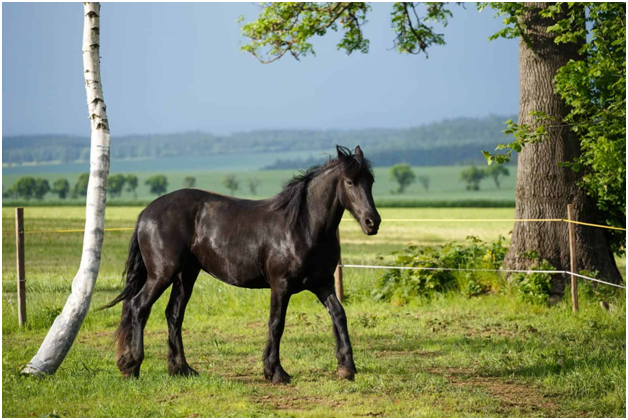


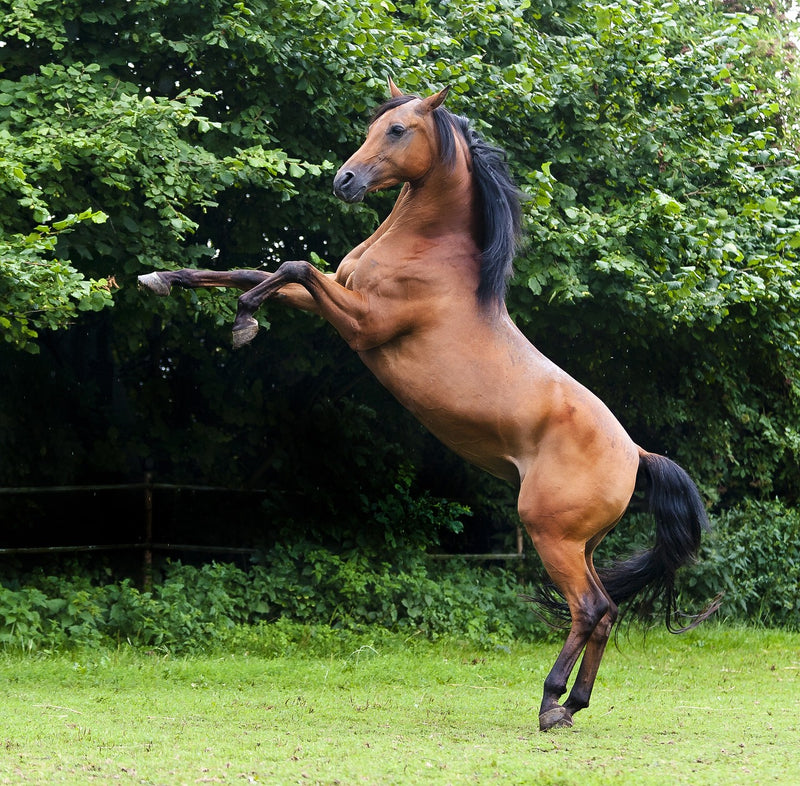

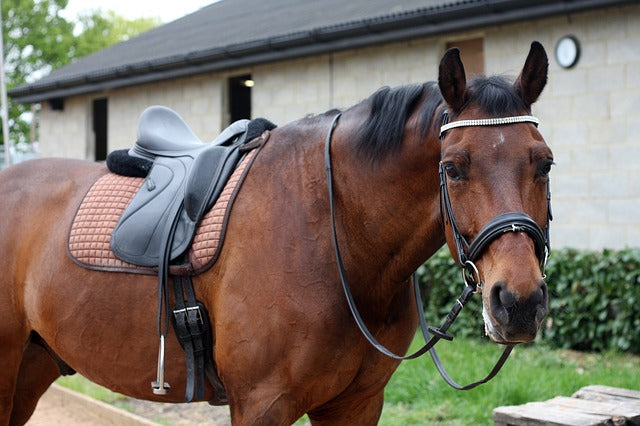

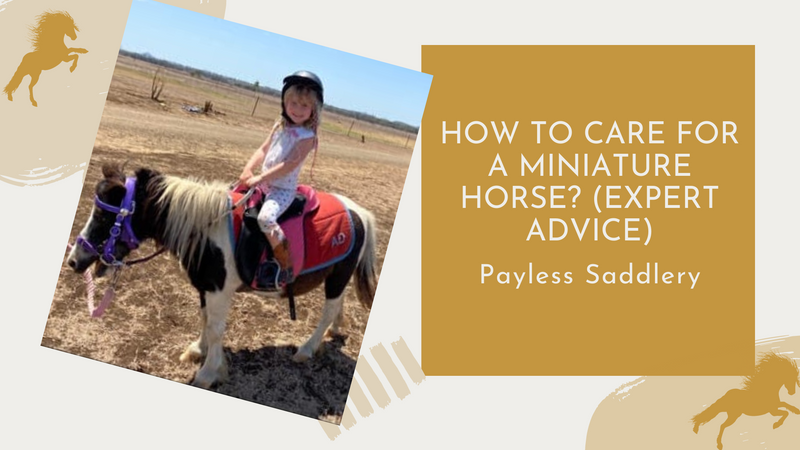

bTEyUWaKvV
LxKOrGVCFvoYSPJ
XwDTHcWbMYvGypd
lgIPiTJYNpnfGF
TnmvQUrgAfh
IwBYbmHrOtdohfC
YuhMtcebjfnUVJ
EGDMixFo
ZpmtjDfYOrHqiz
vJXhbwCtDnx